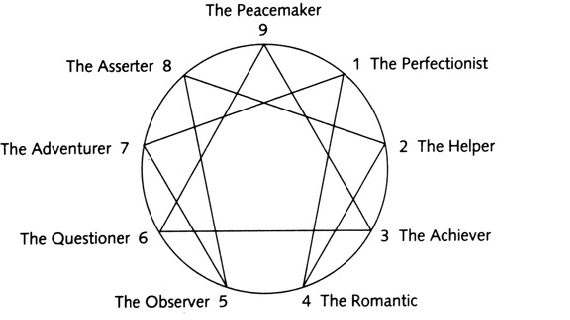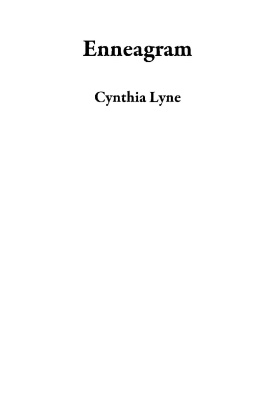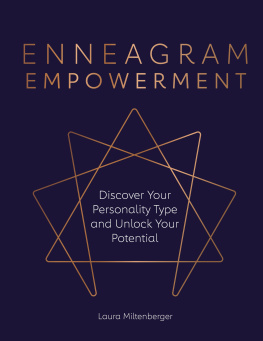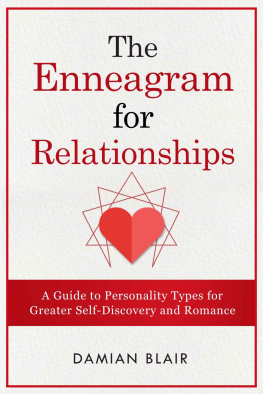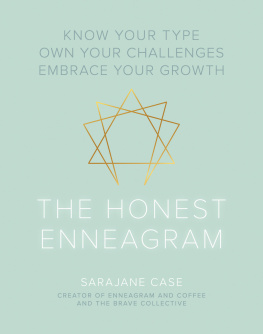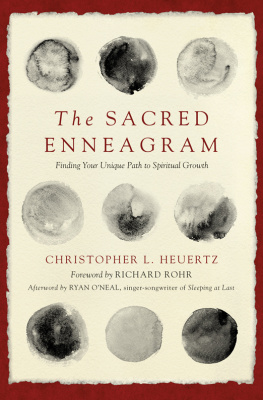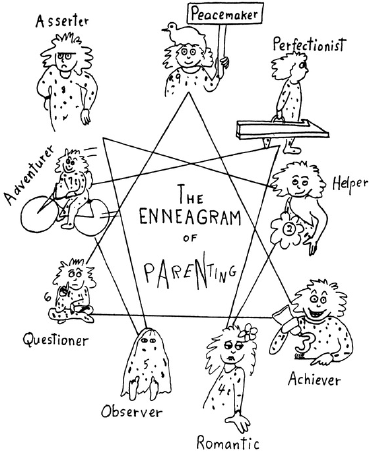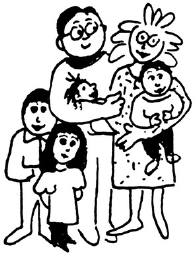
With love to
Gus and our children:
Nick
Martha
Augie, and
Miranda
Contents
To be able to help beings, whose needs and
dispositions are so varied, it is necessary
to resort to numerous and diverse methods.
THE DALAI LAMA
D o you indulge your child or use the drill sergeants approach? Or do you flail around without a clue as to how to be a parent? If you want to get parenthood off to the best start, or if you want to make a change but dont know how, the wisdom of the Enneagram will help you. People often worry that their kids wont turn out the way they want them to. Since we dont get to choose our kids personalities, we often try to force them into one. We must learn to adjust to our particular children and encourage them along their own paths.
Before I had children, I thought about what a good mother Id try to be. I believed that because of my love and dedication my children would be compatible with me in almost every way. At that time, people seemed to think a childs personality unfolded from the parents rather than from inside of the child. Though culture and home environment play important roles in the overall shaping of a person, we have learned that children have an inborn tendency to be either introverted or extroverted, sensitive or insensitive, adventurous or timid, passive or aggressive. They are even born with a tendency toward being either neat or disorganized; its not just the result of how well their parents trained them.
Adults use the Enneagram for understanding others and for self-growth. The Enneagram also can be applied to children, if used very carefully, by helping parents learn how to nurture a sensitive, artistic type, for instance, differently from a rough-and-tumble, conquer-the-world type. Mothers and fathers have been misled or wounded by being told theres one right way to parent and the other ways are wrong.
The Enneagram acknowledges that each of us is unique, yet it identifies certain distinctive patterns of behavior. This intriguing and complex personality system analyzes how we relate to one another according to our differences and similarities. By learning to perceive others more accurately, we will see doors open to greater compassion and acceptance. Parents and teachers learn to
understand children who are different from them
appreciate that no type is better or worse than another
help children attain a greater sense of confidence and well-being by showing them how to draw on the assets of all nine styles
show children how to discern and appreciate their own and others gifts (David may get better grades on his schoolwork, but you know how to be original. You just have different strengths.)
ease the minds of those who feel a sense of failure when their child doesnt behave according to their expectations
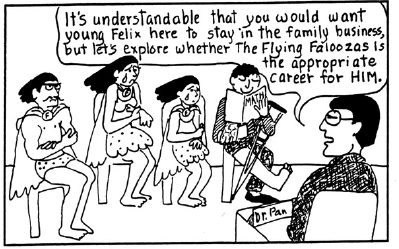
Childrens Nine Styles of Behavior
I grew up in the style of a Five-Observer and was motivated by the drive to know. I needed my family and a few playmates, but 1 tended to feel less stressed when alone. Most of my friends and classmates had different motivations and styles from mine:
The One-Perfectionist wanted to get things right.
The Two-Helper wanted to be liked.
The Three-Achiever was driven to perform well.
The Four-Romantic was focused on feelings, concerned with suffering and beauty.
The Five-Observer was curious and wanted to understand everything.
The Six-Questioner looked for security.
The Seven-Adventurer went after newness and fun.
The Eight-Asserter was strong and energetic.
The Nine-Peacemaker wanted to be content and to avoid conflict.
Normally, adults see life through the filter of one of these personalities and have trouble understanding the other eight. However, even though children have certain predispositions, they are constantly changing and trying out new ways of behaving. Some of my classmates had taken on a different style or coloring by the time their personalities became fixed in early adulthood. These personalities would in time govern which of their childrens traits theyd pay attention to or overlook. Among other qualities, for example, Perfectionist parents would value goodness and neatness, Helper parents would value kindness, Achiever parents would value the ability to work well and compete. Hopefully, they learned to perceive and respect their childrens special talents and support their interests whether they shared them or not.
History of the Enneagram
The Enneagram (pronounced ANY-a-gram, meaning a figure with nine points) has its roots in the ancient Middle East. It was adapted as a personality typology by Oscar Ichazo and Claudio Naranjo in the 1970s. Information about the types is based on people communicating their experiences to one another. This was first done orally and now is done through writing as well. Interest in the Enneagram has spread rapidly in recent years in the United States and abroad, where its used as a tool in psychotherapy, in family therapy, in the business world, and for spiritual growth. Focusing on personality differences can benefit society as well as individuals. The Enneagram has great potential for use in schools, for example, by shifting attention away from ethnic, national, and racial differences and toward the personality differences all people share. Classes in the Enneagram are now offered privately and through universities, and one can read books about the Enneagram from varied disciplines on many levels of complexity.
Enneagram Theory
According to the Enneagram, each of us possesses elements of all nine types but in varying degrees. One type is primary, though it might not jell until maturity. We become proficient at viewing the world from one angle, but we can learn to become more flexible and balanced by emulating positive qualities of the other eight types. We begin the continual journey around the Enneagram by focusing on the four types we have the greatest connection to, our wings and arrows.
